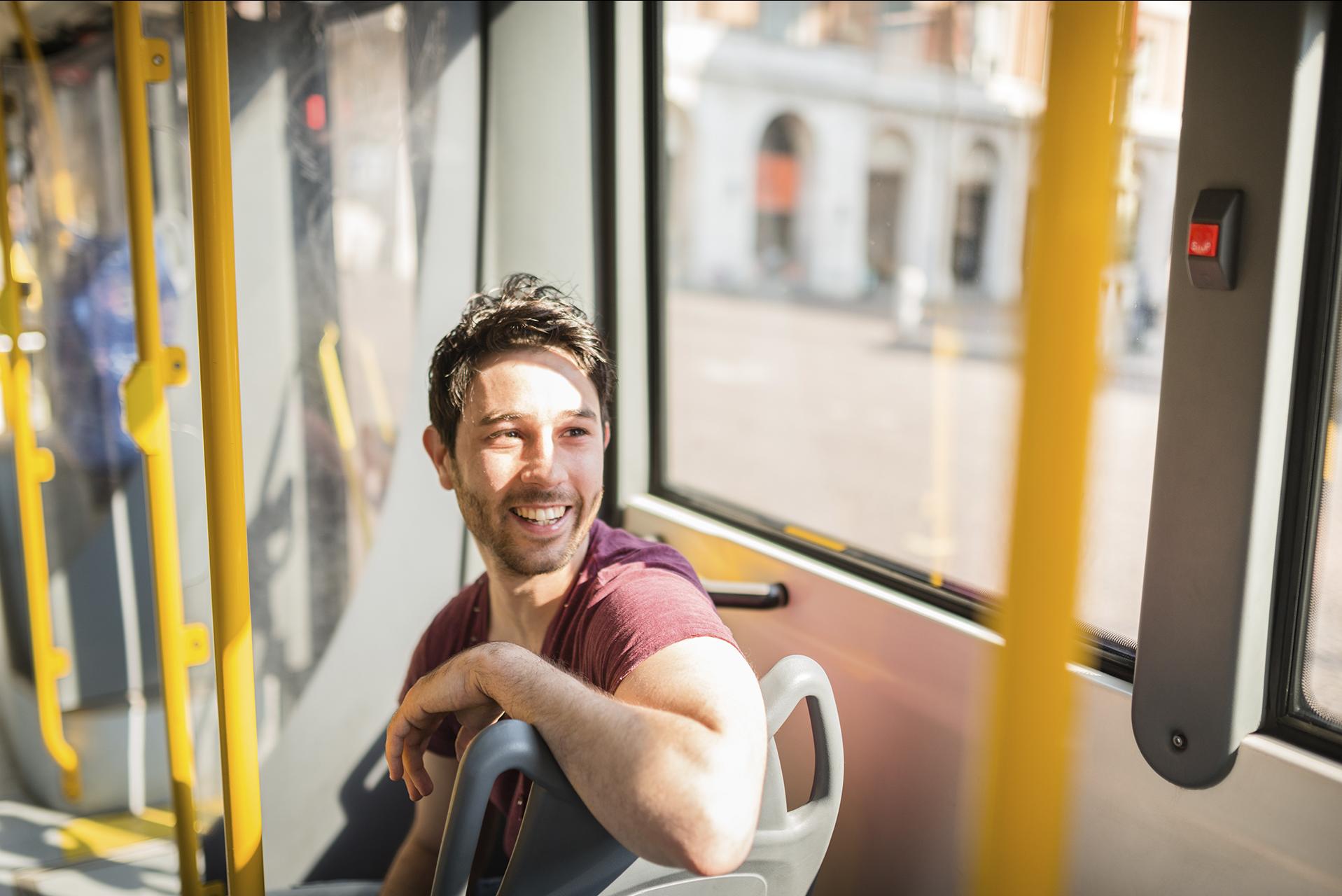Transport
The strategic vision for Swords to grow into a sustainable new city with a population of 100,000 (“Your Swords, An Emerging City, Strategic Vision 2035, Fingal County Council 2008) poses many challenges from a movement and accessibility perspective.

The town’s population was 43,000 according to the most recent 2016 Census; 6,000 more than the Census of 2011, making Swords one of the largest and fastest growing towns in Ireland. The current daily generation of approximately 21,000 work trips and 10,500 school trips places a significant burden on existing transportation infrastructure and services such as bus services, the existing road network and nearby Dublin Airport.
The significant proposals to enhance the public transport network through delivery of major schemes such as Metrolink and BusConnects as well as road network proposals such as the Western Distributor Road, Fosterstown Link Road and Forest Road upgrade will deliver substantial capacity to the transport network serving Swords but in particular those travelling external to Swords.

Current infrastructure within Swords is woefully deficient particularly with regard to sustainable modes such as walking and cycling. Historically transit movement in the Swords area has been concentrated along the north south corridors of Main Street/Dublin Road and the R132 with the outdated layout of these roads prioritising travel via motorised vehicles. At present approximately 25% of work trips and 60% of school trips remain within Swords which could be served by the modes of walking, cycling and transport.
The historic layout of Swords Village, with Main Street bisecting the residential catchments to the west from the existing and future proposed commercial and employment focussed lands to the east poses a challenge in providing the necessary linkages that could serve this internal movement sustainably. The South Fingal Transport Study identifies recommendations to address these deficiencies. The design development and impacts of these movement-based recommendations are to be progressed as part of Sustainable Swords.